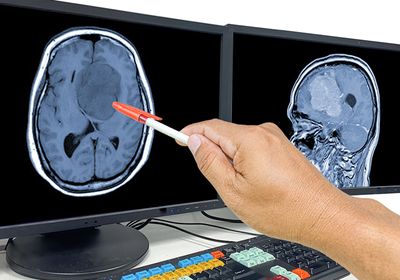Login
Subscribeneuroscience
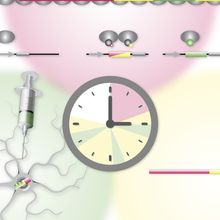
Ticker Tape Technology Records Cell History
Danielle Gerhard, PhD | Oct 2, 2023 | 1 min read
Researchers developed a novel protein fiber that tracks transcriptional events over time in living cells. This could shine a light on gene regulation during development or after cellular perturbations.
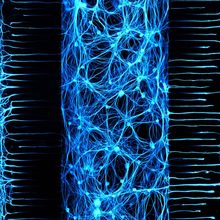
Visualizing Axon Pruning
Tiffany Garbutt, PhD | Oct 2, 2023 | 2 min read
During development, neurons trim hundreds of excess axons in an intricately coordinated destructive process.

The Scientist's Journal Club: Transcriptomics
The Scientist’s Creative Services Team | 2 min read
Scientists discuss their latest findings on immune cell dynamics, neurodegenerative disease risk factors, and rare cell types obtained from bulk and single cell RNA sequencing experiments.
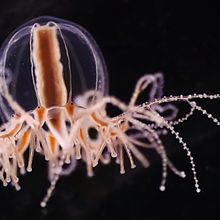
The Origins of Hunger Regulation
Mariella Bodemeier Loayza Careaga, PhD | Oct 2, 2023 | 2 min read
A neuropeptide suppressed feeding in two evolutionarily distant species, suggesting that hunger regulation may go back to the roots of the tree of life.
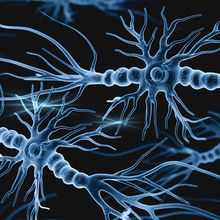
Assembloids Unlock the Roles of Key Neurodevelopment Disease Genes
Aparna Nathan, PhD | Sep 27, 2023 | 3 min read
Brain-like tissue grown in a dish mimics critical periods for development and reveals how it can go wrong.
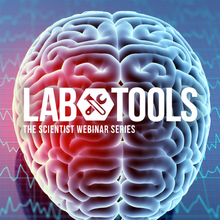
Precision Medicine-Based Biomarkers for Traumatic Brain Injury
The Scientist’s Creative Services Team | 1 min read
In this webinar, Dr. Kevin Wang will discuss a precision medicine approach for treating traumatic brain injury which uses phenotype biomarkers to monitor disease course and develop novel therapies.
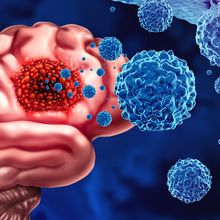
Epigenetic Marks May Cause Brain Tumor Formation
Jennifer Zieba, PhD | Sep 19, 2023 | 3 min read
Scientists established an epigenetic mouse model for glioma, providing insight into how epigenetics can initiate cancer.

A Rare Genetic Mutation Protects Against Alzheimer's Disease
Hannah Thomasy, PhD, Drug Discovery News | Sep 17, 2023 | 4 min read
Data from a highly resilient individual guided researchers to new potential therapeutic targets.

Starting with Human Cell Systems
The Scientist’s Creative Services Team | 1 min read
Xitiz Chamling shares how advances in human stem cell and gene editing technologies fuel his drive for better multiple sclerosis drug screening platforms.

2024 Breakthrough Prizes in Life Sciences
Danielle Gerhard, PhD | Sep 14, 2023 | 10 min read
This year’s Breakthrough Prizes honor advances in CAR T cancer therapies, cystic fibrosis, and Parkinson’s disease.
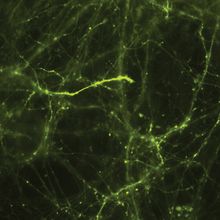
Biosensors Illuminate Talk Between Neurons
Mariella Bodemeier Loayza Careaga, PhD | Sep 8, 2023 | 5 min read
First developed in 2013, a fluorescent indicator has evolved to enable precise glutamate tracking.

Integrating Technologies into Neurodegenerative Disease Research
Thermo Fisher Scientific | 1 min read
Genetic analysis techniques give researchers the power to better understand, detect, and treat disease.
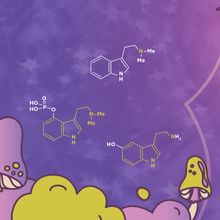
Infographic: What a Trip
Iris Kulbatski, PhD | Sep 8, 2023 | 2 min read
Researchers took a mind-bending trip to understand the connections between psychedelic compounds produced by fungi, plants, and humans.

Molecular Signatures of a Broken Heart
Mariella Bodemeier Loayza Careaga, PhD | Sep 8, 2023 | 3 min read
The transcriptional profiles in the brains of prairie voles changed after a long breakup, revealing a molecular shift that might help them cope with the loss of a partner.
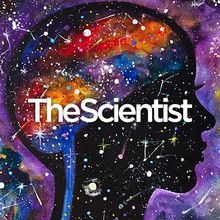
Understanding Brain Changes in Response to Extreme Environments
The Scientist’s Creative Services Team | 1 min read
Steven Jillings and Rachael Seidler will discuss the latest advances in understanding neuroplasticity and dysfunctional brain changes in response to spaceflight.
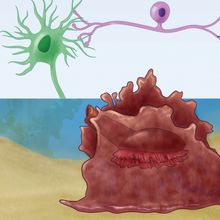
Infographic: Synaptic Plasticity in the Sea Slug
Danielle Gerhard, PhD | Sep 8, 2023 | 1 min read
The sea slug has helped scientists in their quest to understand how neurons encode memories.

Natural High: Endogenous Psychedelics in the Gut and Brain
Iris Kulbatski, PhD | Sep 8, 2023 | 8 min read
Psychedelics are evolutionarily ancient compounds produced by fungi, plants, and microbes. Humans also synthesize psychedelics. Researchers want to know how and why.

The Scientist’s Journal Club: Neuroscience
The Scientist’s Creative Services Team | 1 min read
Scientists present the latest research on cortical neuronal networks, neuronal signaling, and amyloid-forming proteins.
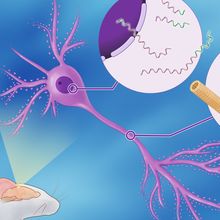
Infographic: Beyond the Nucleus: mRNA Localization in Neurons
Danielle Gerhard, PhD | Sep 8, 2023 | 1 min read
To support thousands of incoming connections, neurons use sophisticated transportation networks for delivering mRNA to faraway regions.
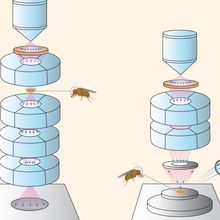
Infographic: Drivers of the Expansion of Volume Electron Microscopy
Danielle Gerhard, PhD | Sep 8, 2023 | 2 min read
Technological advancements over the last two decades transformed volume electron microscopy, improving usability, resolution, and throughput.

